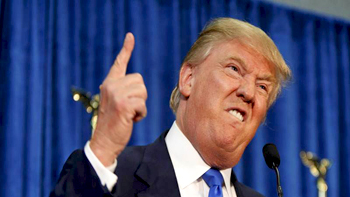Washington, Jul 4: The US today confirmed that North Korea has carried out a ballistic missile test with President Donald Trump slamming Kim Jong-Un for the provocative action and urging China to make a "heavy move" on Pyongyang to "end this nonsense once and for all".
The single launch of a land-based, intermediate range ballistic missile occurred near the Panghyon Airfield, the US Pacific Command said.
"The President has been briefed on the latest report of a North Korean ballistic missile launch," according to the White House.
Reacting to the development on Twitter, Trump said, "North Korea has just launched another missile. Does this guy (Kim) have anything better to do with his life?"
"Hard to believe that South Korea and Japan will put up with this much longer. Perhaps China will put a heavy move on North Korea and end this nonsense once and for all!" he tweeted.
The US has been urging China -- North Korea's closest diplomatic ally -- to pressure the Pyongyang regime to end its nuclear and ballistic missile programmes.
According to United States Pacific Command (USPACOM), the missile was tracked for 37 minutes and landed in the Sea of Japan.
"We are working with our interagency partners on a more detailed assessment. We continue to monitor North Korea's actions closely," the PACOM said.
"US Pacific Command stands behind our iron-clad commitment to the security of our allies in the Republic of Korea and Japan," it said.





Comments
Add new comment